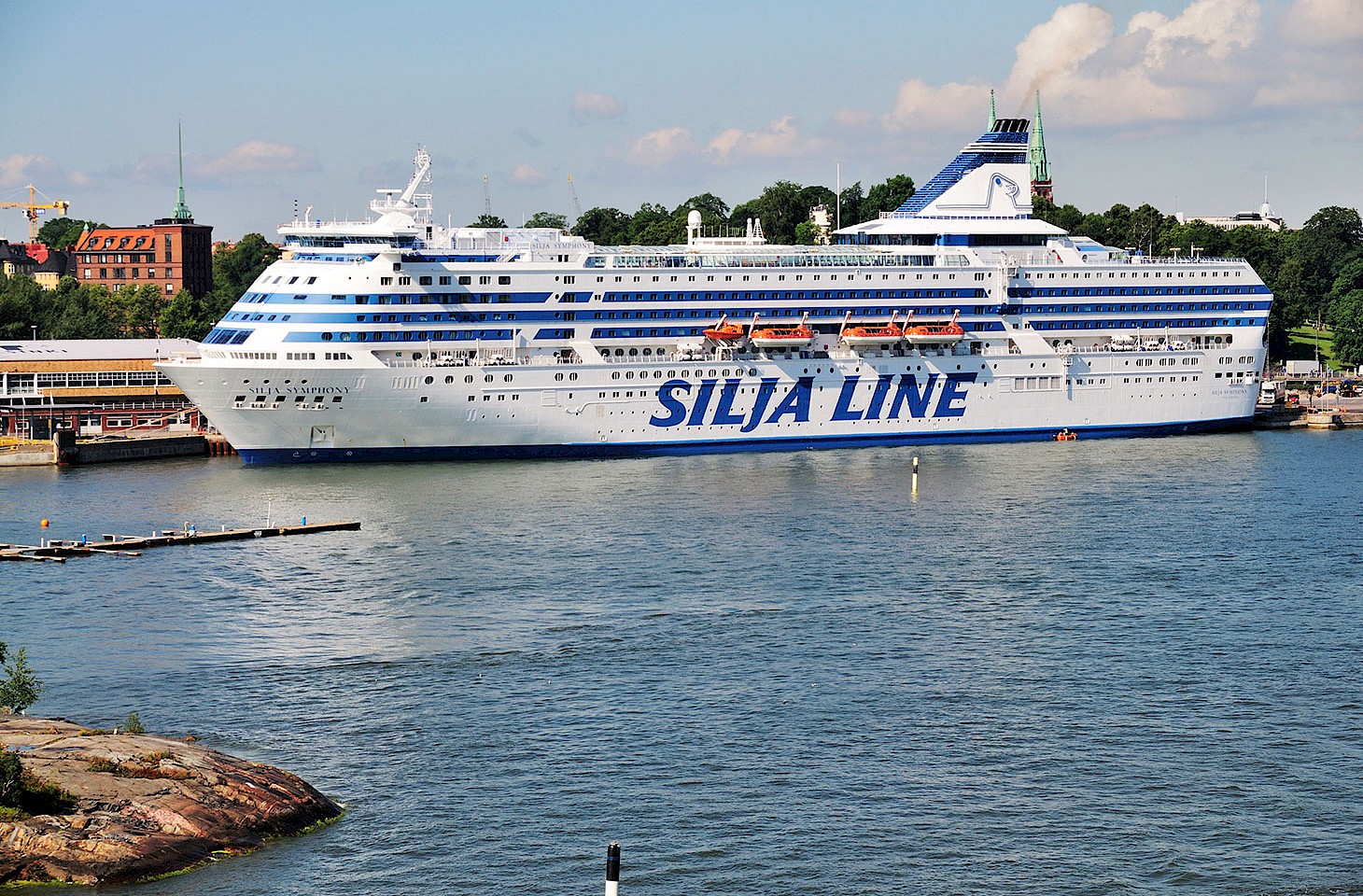On the morning of 3 May 1928, the Italia airship cruised up Sweden's east coast and over the very centre of Stockholm. News of the spectacle spread quickly through the Swedish capital and thousands turned out to see the low-flying airship. As the Italia hovered over Stockholm, the young meteorologist aboard the vessel, Finn Malmgren, asked the Italian commander of the airship if they might make a small diversion over the suburb of Äppelviken. General Nobile agreed, setting a course for Äppelviken, and when they reached the district where Malmgren's mother lived, they descended to a height of just one hundred metres. "The journey has so far gone very well," wrote Finn on a sheet of paper. He then carefully folded the paper and wrapped it in a flag before dropping it from the airship into the garden below.
The crew of the Italia had gathered in Rome on 31 March where they met Pope Pius XI in the Vatican. Two weeks later the Italia left Milan for its long journey to the North Pole. The first leg of the trip took the airship to Stolp on the Baltic coast of Pomerania (today Slupsk in Poland), where the team stopped for two weeks to ensure that the Italia was in tip-top condition for the Arctic flight ahead.


